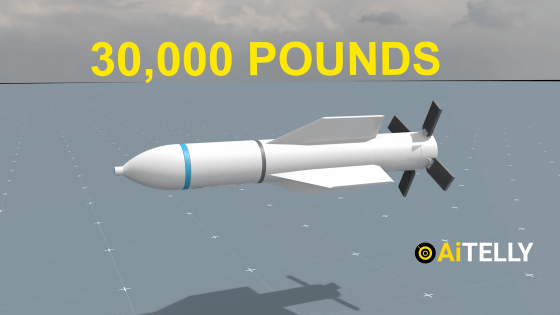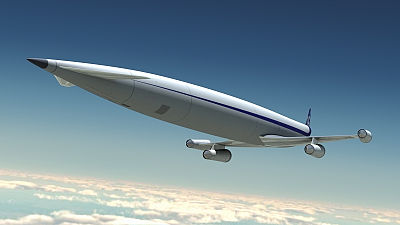How is the B-2 stealth bomber built, and how can it operate deep inside enemy territory?

On June 22, 2025, President Donald Trump announced that the US military had carried out airstrikes on three nuclear-related facilities in Iran. The strikes used precision-guided bombs called '
The incredible engineering of the B-2 bomber - YouTube
The B-2 is a stealth bomber whose development began in the 1970s at the height of the Cold War by American aircraft manufacturers Northrop (at the time) and Boeing , and was rolled out in November 1988.
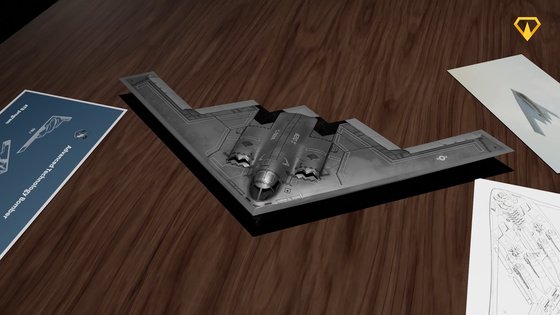
At the time of development, the main bomber in operation was the B-52, whose route was from North America to Europe. However, when considering bombing the Soviet Union, it was assumed that the huge B-52 would be detected by air superiority radar in an instant. Therefore, a bomber that could slip through the Soviet radar network, bomb its destination, and then return to base quickly was required.
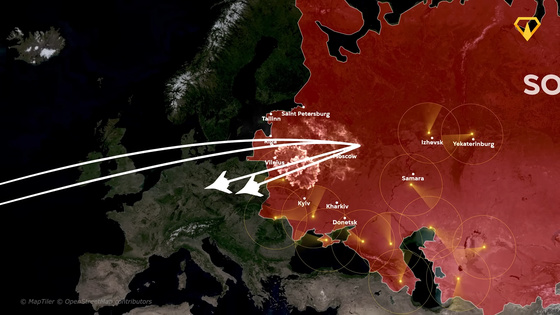
Jack Northrop, the founder of Northrop who was involved in the development of the B-2, believed that flying wings, which have no fuselage or tail and are made up entirely of wings, would be the future of aviation.

The advantage of a flying wing is that it has less air resistance and is advantageous for reducing weight. Northrop developed a jet-propelled flying wing,

However, during the development of the YB-49, it was discovered that the flying wing shape was less reflective to radar than a normal airplane, and had better stealth performance. Therefore, in order to meet the requirement of high stealth performance to complete the bombing raid and return while slipping through the Soviet radar network, Northrop once again started developing a flying wing-based bomber.
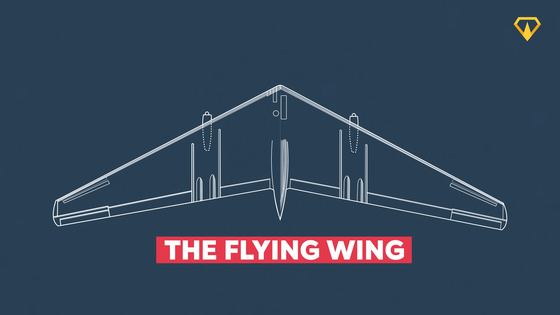
The B-2 features a very low
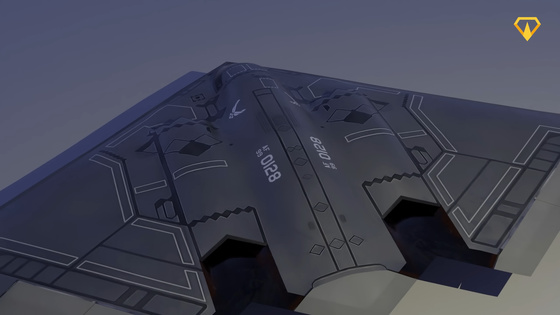
Flying wing aircraft have no tail and it is difficult to maintain a horizontal attitude. Therefore, the B-2 adopts
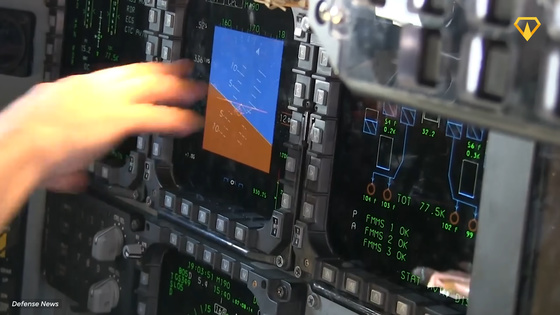
The crew consists of a pilot and a co-pilot. The B-2 is used for long-distance bombing missions, so long hours of detention are expected. For that reason, the plane is equipped with a toilet, sleeping space, and

The cruising speed is about 900 km/h at high altitude. The range is about 11,000 km, which is enough to fly from New York to Moscow. In addition, the aircraft is also capable of mid-air refueling, and a refueling tanker is located on the top of the aircraft.
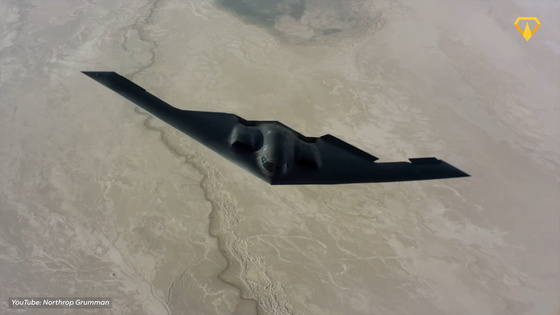
Thrust is provided by four General Electric
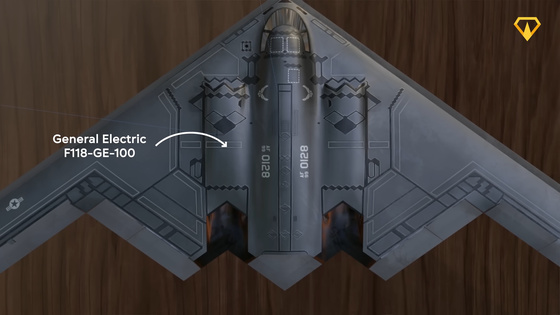
The B-2 has a payload capacity of 40,000 pounds (about 18 tons), and can carry 80 500-pound (about 227 kg) GPS-guided missiles and 16 2,000-pound bombs.

The B-2 used in the airstrikes on Iran's nuclear facilities had been
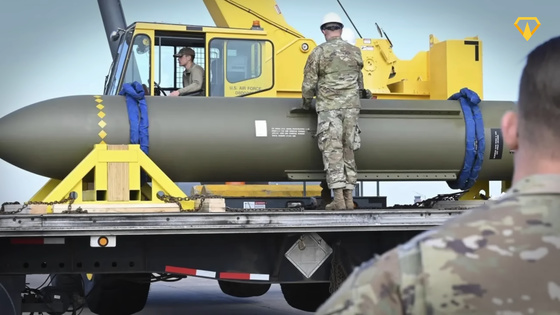
The route of the B-2 in Operation Midnight Hammer, which aims to destroy Iran's nuclear facilities, is as follows. From late night on Friday, June 20th to the morning of Saturday, June 21st, several B-2 bombers departed from
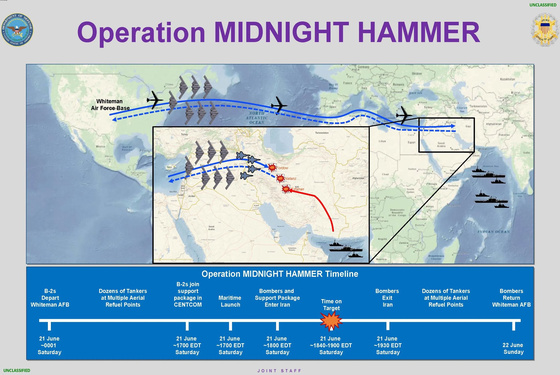
Satellite imagery of the nuclear facility that was attacked.

The tunnel at the entrance to the facility was filled in the day before the attack, believed to have been prepared for a possible airstrike.

The International Atomic Energy Agency (IAEA) said that although nuclear facilities were attacked by Operation Midnight Hammer, no elevated radiation levels outside the facilities had been reported at the time of writing.
Following attacks on three nuclear sites in Iran - including Fordow - the IAEA can confirm that no increase in off-site radiation levels has been reported as of this time.
— IAEA - International Atomic Energy Agency ⚛️ (@iaeaorg) June 22, 2025
IAEA will provide further assessments on situation in Iran as more information becomes available.
Related Posts:


